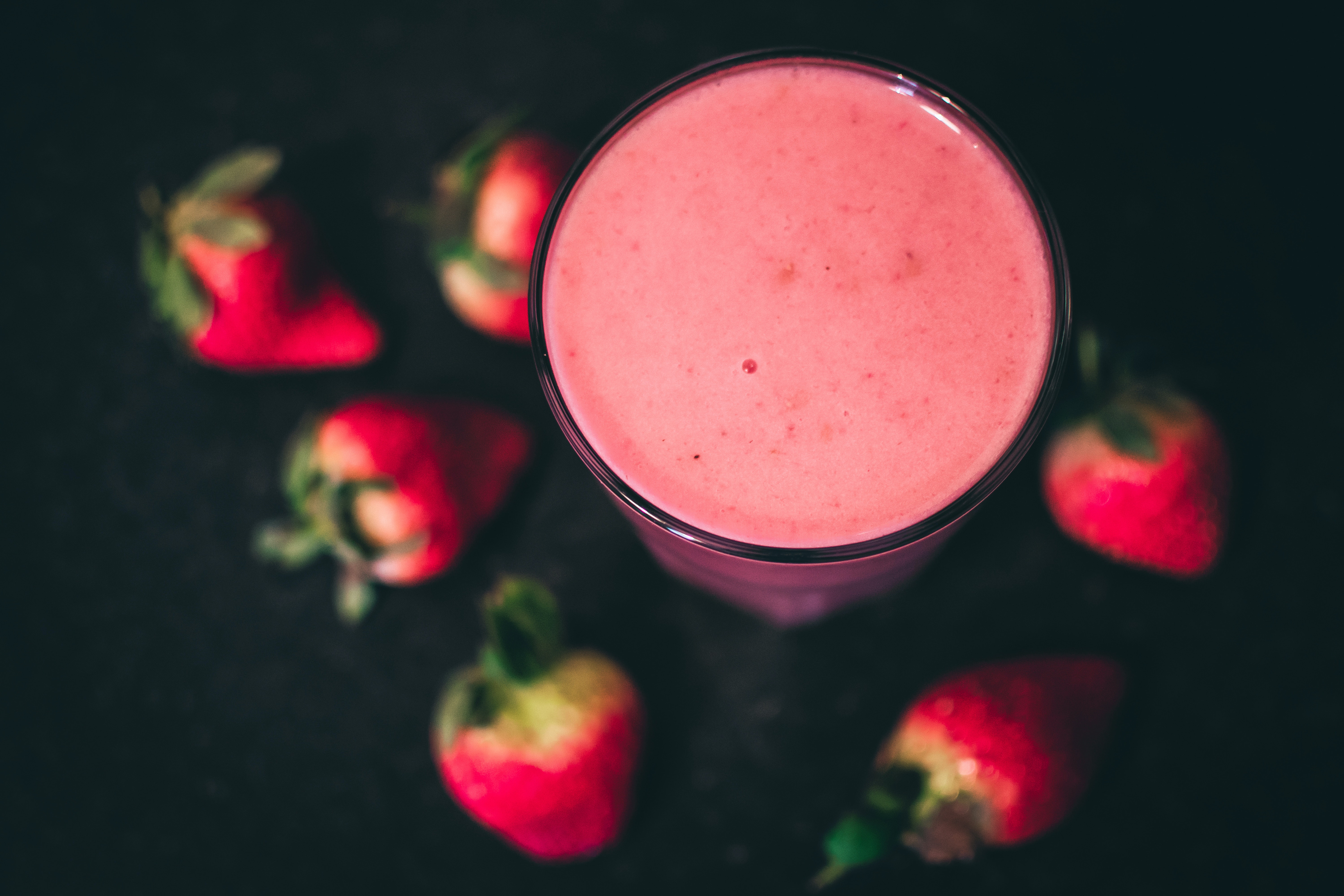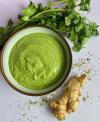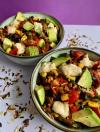
Protein porducts are heavily relied upon in the earlier stages of recovery after weight loss surgery simply because the amount of food able to be consumed is not adequate to meet daily requirements. Whilst protein helps with exterior factors such as healthy hair, skin and nails, it is also needed to repair and maintain all body cells including those of our organs. So you can see just how important it is to help the body to heal and recover from a surgery that has affected the stomach.
But what if you aren’t tolerating your protein shakes?
Whether its loose bowel motions, an upset stomach or a newly aquired aversion which leaves you dry wretching at the thought of another shake, the need for adequate protein intake each day still stands and cannot be neglected.
The following ideas may help to make your shakes more manageable or provide suitable alternatives which will get you closer to your protein targets.
How to make your shakes more palatable
- Try making your shake with half milk, half water for a creamier consistency
- Use half the standard serve of protein powder recommended and get the rest of your protein by mixing it with milk or soy milk
- Mix in some frozen berries or an inch or two of frozen banana to add some tang and more flavour
- Spice things up by adding in half a teaspoon of ground cinnamon, ginger or nutmeg
- Turn it into a frappe by adding lots of ice!
What can you use instead?
- Use an unflavoured collagen powder. Collagen tends to be gentle on the stomach and tends to be very well tolerated by most. Opting for an unflavoured variety means you can go sweet or savoury with it. Try making a smoothie with it, mixing it into your coffee or disolving it into a miso soup or savoury broth
- Give protien water a go, there are ready to drink options such as ‘Aussie Bodiez’ or sachets such as ‘Protein Perfections’. If you find these too sweet, dilute with additional water to your taste. Different brands vary in terms of protein content, but they will usually provide at least 15g per serve
- Try an Optifast or Formulite soup instead, sometimes a savoury alternative can make a nice change
- Make your own smoothie with calci trim milk or unsweetened soy milk, high protien yoghurt and frozen fruit of choice
- Drink a glass of milk on it’s own, it is a great source of protein and the thinner texture is often better tolerated
Should I use a different protein powder?
Sampling a variety of different protein powders is a reasonable approach before ruling out all protein powders forever more! Unflavoured powders are often preferred after surgery as they aren’t sweet and can be mixed into soups, stews and casseroles without altering the flavour. If texture is a concern, trying powders from various origins may help to differentiate which powders agree and disagree with you. Many companies sell individual sachets that you can try first before investing in a larger quantities.
What types of protein powders are there?
- Whey protein
- Whey isolate (lower in lactose)
- Pea protein
- Soy protein
- Hemp protein
- Egg white protein
What are the key considerations when looking at protein powders
- A protein powder that provides a reasonable amount of protein: at least 20g per serve
- A protein powder that is low in carbohydrate and added sugar: less than 10g per 100g carbohydrate and total sugar
What to choose and avoid for ready-to-drink high protein drinks
Some ready to drink options which are marketed for their high protein content are not always the greatest choice following bariatric surgery, often due to the sugar or fat content. These may add to your gastrointestinal symptoms rather than resolving them, particularly in the case of bypass procedures - hello dumping syndrome! Examples of such drinks include:
- Up and Go (regular or Energize)
- Fortisip or Ensure - these are actually designed to help those with unintentional weightloss and malnutrition to gain weight
- Flavoured milks e.g. Mammoth
Ready to drink options which are ok if you get caught out include:
- Musashi
- Nutriboost
What about powders available on prescription
Similar to some of the ready to drink options just mentioned, Fortisip powder and Ensure powder are not a great option for someone who has just had surgery, however Beneprotein would be a great alternative. This is a tasteless powder which has 6g protein per scoop (3-4 scoops per day would give you the equivalent protein as a protein shake). It can be added to food or fluids so it is quite versatile. To get this on prescription, you’ll need to have tried other measures to increase your protein intake first. An application for a ‘Special Authority’ number can then be made through your dietitian and a prescription can be obtained. If you want to skip all of this, you can buy Beneprotein directly from a pharmacy.
Remember it’s not forever
Concentrated protein powders are usually only needed in the earlier stages after surgery when swelling, inflammation and space restriction limit the amount of food (and subsequently protein) that can be consumed from usual sources. Over time, as people adjust to their new stomach and their portion sizes increase (this is normal and expected), weaning off protein powders and progressing back to foods such as meat, fish, chicken, eggs, legumes, tofu and dairy products is usually sufficient to meet daily protein needs, provided they continue to be the priority on the plate.
Read the “protein-why-is-it-important” for more information and a protein shopping list to help add up your daily intake.



